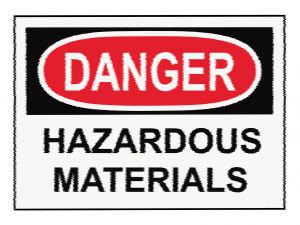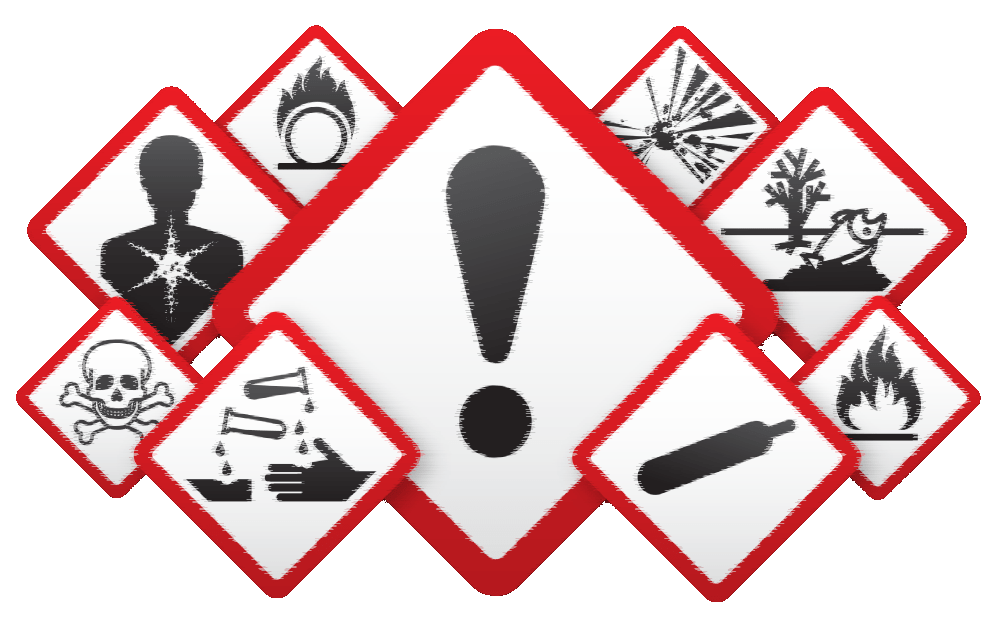Digitization Can Aid Hazmat Haulers

Digitization Can Aid Hazmat Haulers
The world is a different place today than it was at the beginning of 2020 mainly because of the coronavirus, which has led to big changes in the economy, socializing and executing business. Global chemical companies are helping to fight the virus pandemic by stepping up production of hand sanitizers, polymers for personal protective equipment, bleach for disinfectants, and cleaning products.
Polyvinyl chloride, used to make construction pipes and vinyl siding, is now incorporated into medical tubing and IV bags. Polypropylene is used in medical-grade personal protective equipment like masks and goggles. And over-the-counter and prescription medications contain numerous chemicals. Many of these medicines are used to treat COVID-19 patients.
With the increase in production comes the demand for quicker and safer transporting of the raw materials or finished goods to end-users. But now is not the time to cut corners. Businesses still need to ship and transport chemicals safely to protect the environment and mankind. These companies need to step up their digitization efforts to speed processing – eliminating spreadsheets and paper quickens workflows, boosts productivity, reduces errors, and enhances compliance.
Digital supply network
Digitization is the underlying solution to successfully transporting hazardous materials.
In transportation operations, a digital supply network acts as a technology platform for inter-business processes and supply chain relationships. It connects suppliers, buyers, shippers, and third-party logistics providers, allowing them to better communicate, collaborate and conduct business with each other.
Enjoying our insights?
Subscribe to our newsletter to keep up with the latest industry trends and developments.
Stay InformedThe digital supply network brings visibility into carrier availability, helping logistics operators plan and optimize truck and carrier capacity. Logistics posts the need for a load, and the carriers attached to the network can respond with their available assets, pricing per lane, and driver availability.
Transporters of dangerous goods need to use technology that provides visibility into shipments while in transit so that shippers will know where their products are at all times. Having visibility of orders across channels, partners, regions, and systems and across the entire life cycle of the order from entry through proof-of-delivery helps to ensure that the shipment is safe and being transported correctly. Alerts can be created if an issue in the shipment arises and customers can be informed. Having visibility of a shipment in transit can alert customers in real-time to where their orders are at all times.
Documentation and packaging
Hazardous materials shipments must be accompanied by clear documentation that includes the bill of lading, hazardous waste manifests, and a description of the material being transported. This description consists of the weight and quantity of the materials along with a description of the packaging.
Shipments of dangerous goods must include emergency response information on the shipping document. This information details procedures that need to happen should an incident occur. Description of how to prevent fires and what to do in case of a leak are often included on this documentation.
A digital supply network fosters complete record-keeping because without proper records and documentation, companies can be found non-compliant with hazardous shipments, leading to great financial risk.
During these trying times, it is crucial that chemicals and hazardous materials are shipped in the correct packaging and handled by workers in protective gear, which includes safety glasses and impermeable gloves.
Infectious concerns

These infectious-type substances are classified as “dangerous goods” and therefore certain packaging and shipping regulations must be strictly followed. Private or contract carriers must follow certain requirements for shipping these goods, such as making sure the test samples are shipped frozen.
Shipping hazardous materials, whether infectious substances or highly flammable chemicals, requires special care and handling within manufacturing, packaging and transportation operations. To ensure safety and compliance, visibility should extend from end-to-end across the supply chains of all parties involved, including carriers, shippers, manufacturers, and raw material suppliers. Connecting to a digital network, automating processes across the network, and gathering information from transactions conducted across the network ensures that hazardous materials will be transported as safely and securely as possible. Plus, the information that is collected across the network can be shared, analyzed, and measured for performance and continuous improvement initiatives.



















